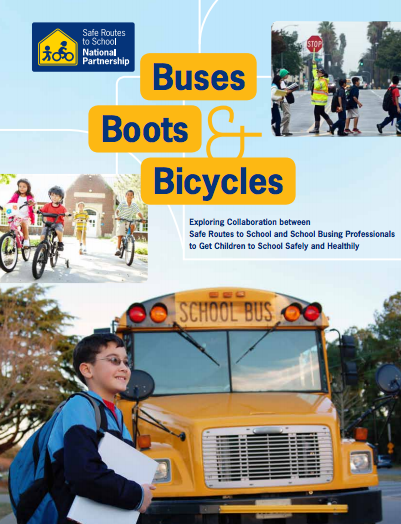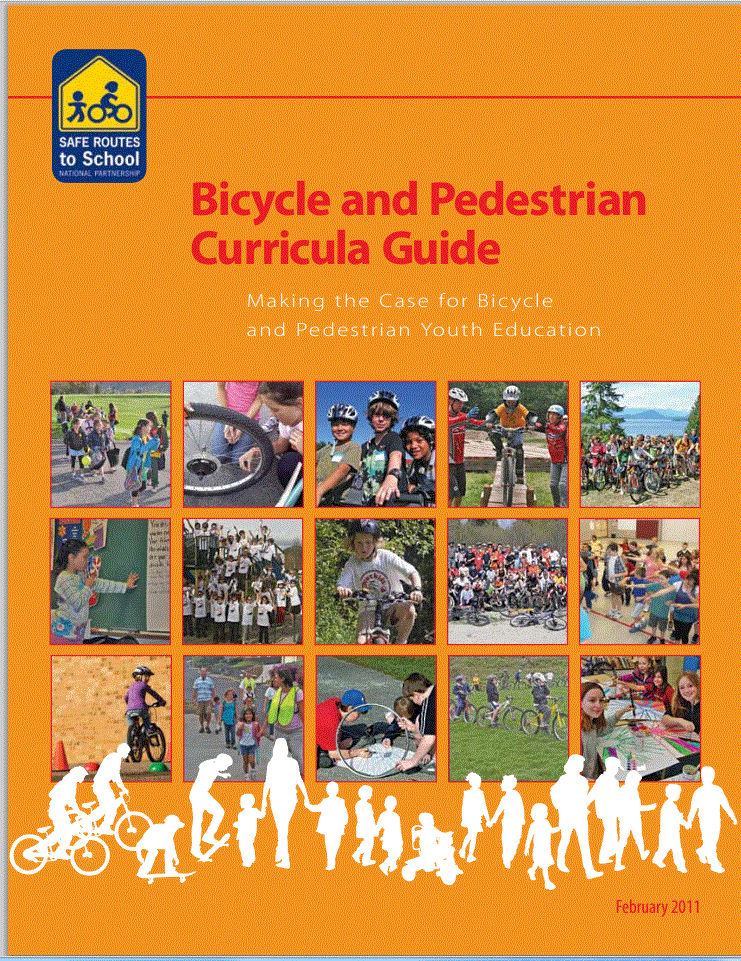Safe Routes to School Full Steam Ahead in the Southwest
Safe Routes to School has grown leaps and bounds in the Phoenix area since the inception of the program. When MAP21 came along, Arizona DOT subcontracted the Safe Routes to School and Transportation Alternatives programs to MPOs and Councils of governments, which kept the ball rolling in the right direction. Phoenix has steamrolled ahead with a dedicated employee who works with 75 schools every year in the spring and fall with various pedestrian and biking events, including some law enforcement education. This work reaches tens of thousands of students each year.
Success in Cherokee Nation
Cherokee Nation Public Health works with 14 counties in tribal jurisdictions in northeastern Oklahoma. A community transformation grant from the CDC allowed their work to expand into Safe Routes to School roughly five years ago, laid out specifically as an objective in their community work plan. They work with local community coalitions to align their work plans, keeping Safe Routes to School part of the conversation at all levels where they are involved. They have also been able to introduce SRTS into rural areas that have infrastructure challenges due to access issues.
Launching Strong Safe Routes to School Programs with a Friendly Push: Cities and Schools Come Together to Address their Safe Routes to School
As the weather began to warm in spring 2017, something else was heating up too – the Safe Routes Partnership’s new Safe Routes to School Launch Program! With five cities participating in the 2017 pilot year, the intensive program helped communities move to a new level of safety and support for students walking and biking to school. The Safe Routes to School Launch Program is a joint project of the Safe Routes Partnership (Safe Routes Partnership) and UC Berkeley Safe Transportation Research and Education Center (SafeTREC), designe
Place Matters in Combating Violence
 The July 4th weekend brought all of the flare and celebration that we expect every year; celebrations of freedom and opportunity that ideally we all should have and enjoy. Unfortunately, while many Americans around the country gathered to eat barbeque and watch the fireworks, families and friends in Chicago ran and cried as pops and flashes riddled the city.
The July 4th weekend brought all of the flare and celebration that we expect every year; celebrations of freedom and opportunity that ideally we all should have and enjoy. Unfortunately, while many Americans around the country gathered to eat barbeque and watch the fireworks, families and friends in Chicago ran and cried as pops and flashes riddled the city.
Exploring Collaboration Between Safe Routes to School and School Bus Professionals
 Today, most student transportation departments around the country focus primarily on getting students to school on yellow school buses. But student transportation isn’t just about school buses. Students are also getting to school by foot, bicycle, car, and public transportation.
Today, most student transportation departments around the country focus primarily on getting students to school on yellow school buses. But student transportation isn’t just about school buses. Students are also getting to school by foot, bicycle, car, and public transportation.
Bicycle Safety Education: Beyond the Bike Rodeo?
 Over the past decades bicycle safety education has developed into its own field, ultimately being implemented in a variety of ways, depending primarily on the amount of time and resources available to convey important concepts. These choices are not easy and inevitably we, as educators, must make informed compromises.
Over the past decades bicycle safety education has developed into its own field, ultimately being implemented in a variety of ways, depending primarily on the amount of time and resources available to convey important concepts. These choices are not easy and inevitably we, as educators, must make informed compromises.
"See A Need, Fill A Need" - Safe Routes to School Planning in Urban Communities






